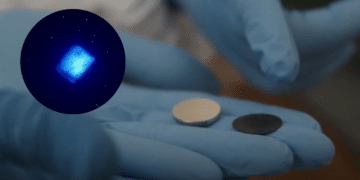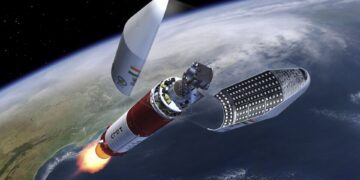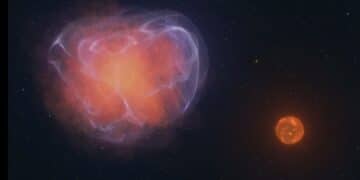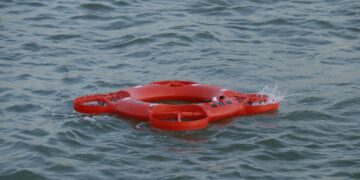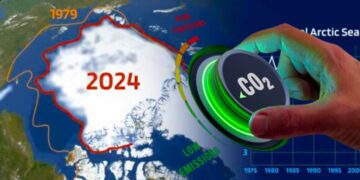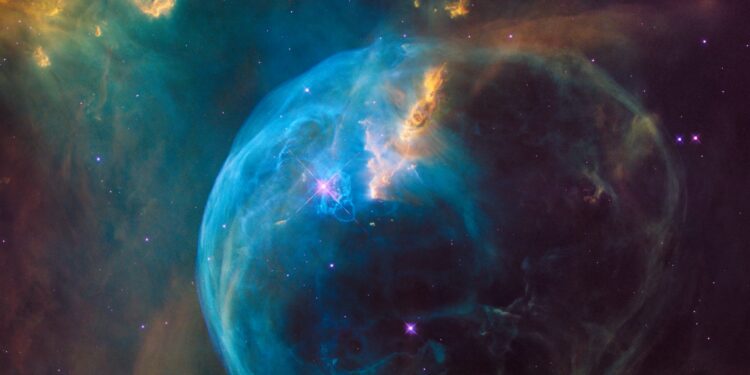The recent discovery by NASA’s Hubble Space Telescope of water vapor in the atmosphere of a small exoplanet, GJ 9827d, marks a significant milestone in space research. This exoplanet, located about 97 light-years away and approximately twice the size of Earth, is the smallest planet where water vapor has been detected in its atmosphere to date.
The presence of water on GJ 9827d is particularly intriguing because it suggests the possibility of planets with water-rich atmospheres existing elsewhere in our galaxy.
This discovery is a crucial step towards understanding the prevalence and diversity of atmospheres on rocky planets. However, the exact nature of the planet’s atmosphere is still under investigation. Researchers are trying to determine whether the water vapor detected is a minor component of a hydrogen-rich atmosphere or if the planet’s atmosphere is predominantly composed of water.
The planet’s temperature, similar to that of Venus at about 425°C, implies that it would be a very inhospitable, steamy world if its atmosphere were mainly water vapor. The current theories propose two possibilities: GJ 9827d might be retaining a hydrogen-rich atmosphere with water (akin to a mini-Neptune), or it could be a warmer version of Jupiter’s moon Europa, which has substantial amounts of water beneath its crust.
The discovery of water vapor on GJ 9827d was made possible by observing the planet during 11 transits over three years. During these transits, starlight passing through the planet’s atmosphere revealed the spectral signature of water molecules.
These observations open the door for more detailed studies, especially with the upcoming capabilities of the James Webb Space Telescope, which could provide more insights into the atmospheric composition of such exoplanets.
Overall, this discovery by the Hubble Space Telescope not only enhances our understanding of exoplanets but also fuels the ongoing search for Earth-like worlds and the study of planetary atmospheres in the universe






